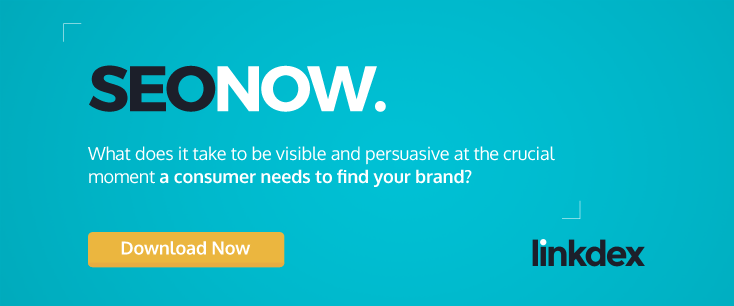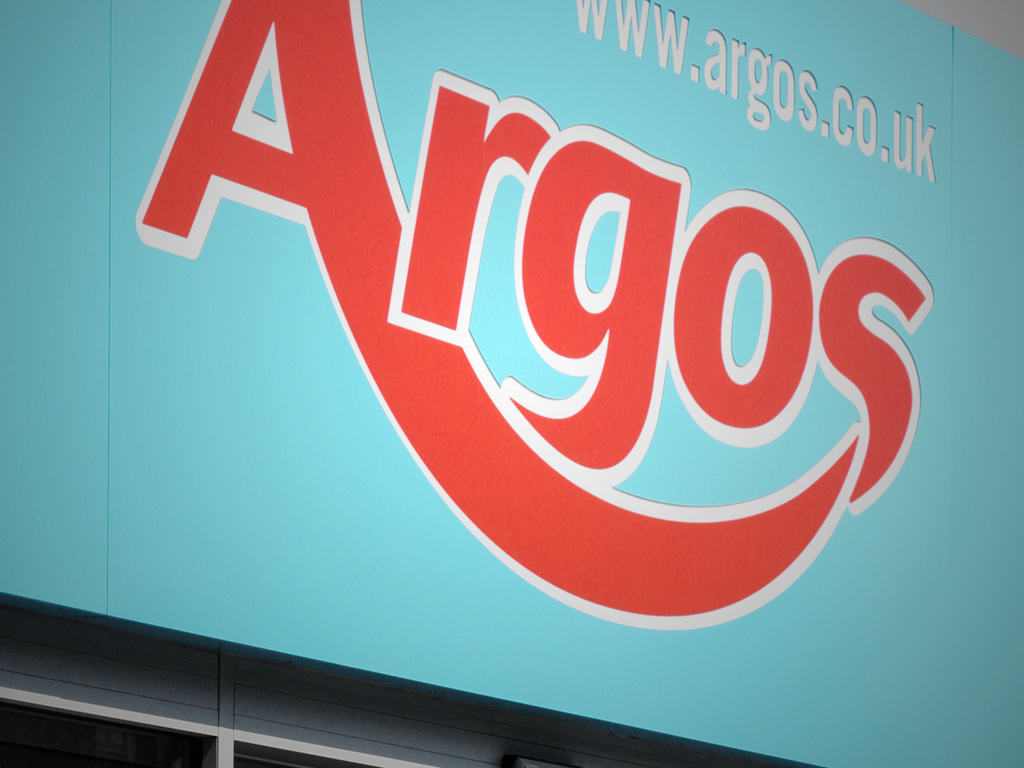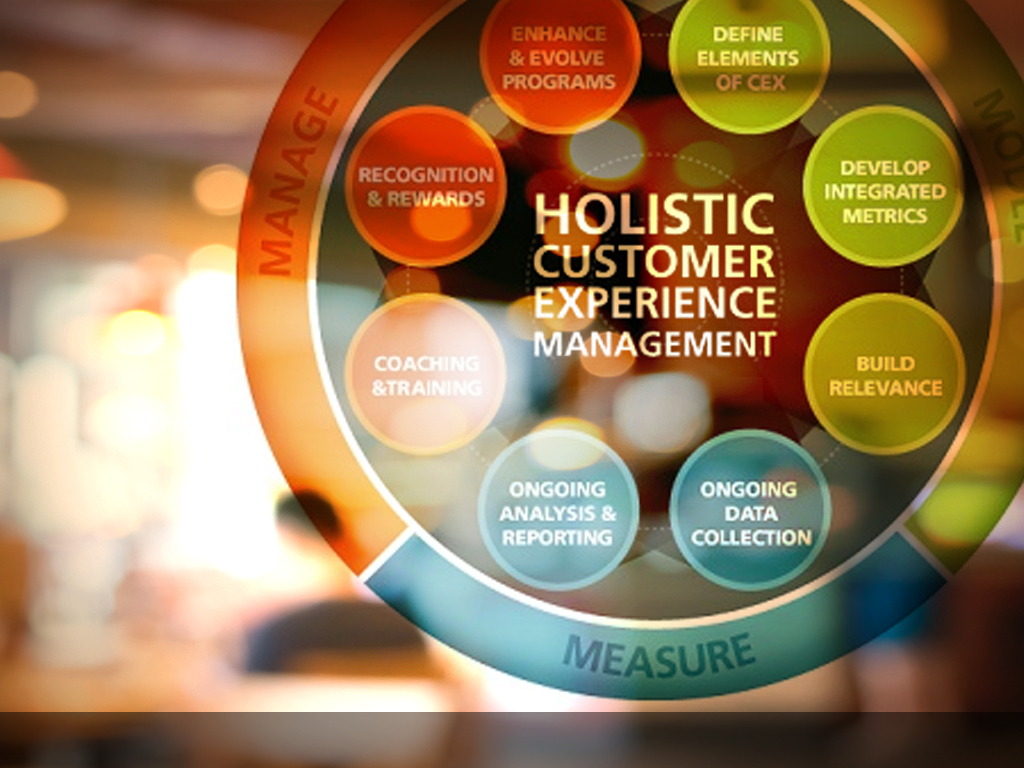Customer journey mapping brings an important emotional perspective to understanding the consumer experience – from initial contact, through the process of engagement and into a long-term relationship. These useful tools help marketing teams frame strategic issues more effectively and provide an additional level of inspiration for creative problem solving. Customer journey maps also define touchpoints – validated by real data – that evolve alongside the business and market. These insights can ultimately uncover unknown opportunities that help guide investment decisions.
Modern marketing has never been more convoluted and the path to purchase has never had so many variables, discrete actions, and personal behaviors involved as it does now. As Forrester so wisely predicted last year, the funnel is dead: it’s the age of the consumer.
With this comes the need for a new way of understanding the myriad of processes that are critical for moving consumers from point A to point B and beyond. With so many possible interactions, how do we uncover them all, evaluate them relative to our goals and understand the tiny actions involved with brand engagement, all so that we may ultimately spend our marketing dollars in the most effective way?
Enter Journey Mapping
The best definition to define journey mapping (or, Experience Mapping, as it is sometimes known) is the following:
“A customer journey map tells the story of the customer’s experience: from initial contact, through the process of engagement and into a long-term relationship.”
There are three key ideas in that seemingly simple definition.
1. Telling The Story Of Your Customers No one in advertising is going to rally to prevent the necessary death of the use of “story” – an overused buzzword. But, it does carry with it some important ideas. Have you ever read a story that was simply a tactical expression of a series of events? A happened then B happened and then C happened? That’s called a logic problem, and it’s not going to motivate anyone to action much less make them fall in love with you.
Storytelling, on the other hand, forces us to bring empathy, perspective and emotion together in an arc that addresses the business problem at hand. This allows us to get closer to a customer’s real needs, challenges, fears and barriers. It also adds a personal dimension to the relationship with the consumer, setting up potentially longer dialogues about a product or service.
2. Understanding The Customer Experience Most organizations, of whatever stripe, tend to think about customer experience as something that’s guided purely by their own business goals. The problem? While you may have specific goals or investments to support sales or customer relations, chances are you haven’t spent much time digging in to what your customer is really going through out in the world when evaluating products.
There’s a certain confirmation bias that happens as you evaluate your existing marketing plans and retrofit customer experience on top of the assumption that your plan is correct. Voila! Customer experience served.
Journey mapping, on the other hand, demands an up-close look at each and every one of those touchpoints and behaviors. We may be able to say, in aggregate, that our demographic uses Snapchat, so it would be in the journey at some point. But, how are we to know why they use it, or how, or if it’s even an appropriate channel?
To answer these questions, we get close to users to better understand how certain tools are used and why others aren’t. Insights like these can uncover unknown opportunities and help guide investment decisions in a profound way.
3. Building A Long-Term Relationship We’d like to believe that, these days, brands realize that:
- They sell more than one thing and a consumer may want more than just one of them.
- They’ll probably eventually make a new version of that thing to sell.
- People will talk about it after they buy that thing.
We’re continually amazed at how often the brands we work with neglect the post-purchase cycle. The investments they do make usually stem from a service perspective.
This is a passive way to support loyalty and advocacy – both are critical for success and cost less than acquisition to boot. The journey map helps us take this period into account and look for ways to support it.
Other Benefits
In addition to bringing important emotional perspective to your customer’s journey, and serving as an inventory of key moments, maps provide some other key benefits:
- Spot new opportunities: Things change fast. We may uncover a new device or platform in the marketing mix that wasn’t there before. Now we can decide if we want to support it and how.
- Find gaps: We may be able to spot disconnects between touchpoints; for example, uncovering that our website isn’t geared well to drive traffic to our social channels, or vice versa.
- Identify tipping points: Once we have a full view of a particular journey it becomes easier to spot critical steps that may not have been apparent before. This opens up opportunities to optimize them.

This is a Customer Journey Map we created for a travel and tourism client to represent the consumer’s travel planning experience.
Creating the Map
Our journey maps are composed of several key components:
- Phases: These describe large buckets of activities that happen in the course of a brand or product experience. In the map above, designed for a travel and tourism client, we decided their specific phases include Awareness (being exposed to the idea of the destination and internalizing a motivation to go), Consideration (evaluating it versus other options), Planning (the act of researching and booking), Experiencing (the trip itself) and Advocacy (sharing experiences and building loyalty).
- Thinking: This section details what the consumer is thinking about during each of the major phases; sort of a ‘Psychographics Lite.’ We compile these issues through a combination of reading reviews, social media monitoring, focus groups, surveys, and first-hand experience as travel planners ourselves.
- Doing: This graphic is intended to show all the various moments along the journey (and yes, is somewhat stylized for effect). These touchpoints are culled from a collection of data such as analytics, trend reports, technographics, our own first-hand experience as well as any intelligence our clients can bring about feedback or studies they’ve done about their travelers.
- Opportunity: This is the fun part. Once we understand phases, mindsets, and attitudes, and the process itself, what’s our role, exactly? What should we focus on to help consumers? This section becomes our springboard for creative problem solving.
In Practice
Since adopting journey mapping as a key component of our strategy phase at the agency, we’ve put them to use in a number of beneficial ways:
- Fuel for creative teams. It’s been incredibly valuable for our creative teams to have a robust picture of a consumer journey to use as inspiration for solutions. It provides the teams with a new framework to consider and can turn them on to new ideas, and characterizes for them a broader set of potential content solutions and deliverables than they may have considered otherwise.
- Conceptual framework for clients. It’s incredibly easy to become buried in the day-to-day execution of your marketing plan, leaving little time to attain a holistic picture of the actual landscape you’re operating in. These maps are a valuable tool for creating that view and nudging clients to focus on a new area of their mix.
- Learning from consumers. Any good strategy phase includes getting up close and personal with your target audience, but journey maps push that process into new and exciting territories. By visualizing an entire journey, we can begin to find new areas of empathy, overlap, confusion and all kinds of things that may be standing in the way of consumers reaching their goals. And, after all, that should be the basis for any work we’re doing for a brand.
Journey maps are an effective way to get closer to your consumers, frame strategic issues more effectively with clients, and give your creative teams an additional level of inspiration for creative problem solving. We aspire to develop our maps in greater and greater detail, validate them with more data, and continually evolve them as our clients business and market changes over time.




